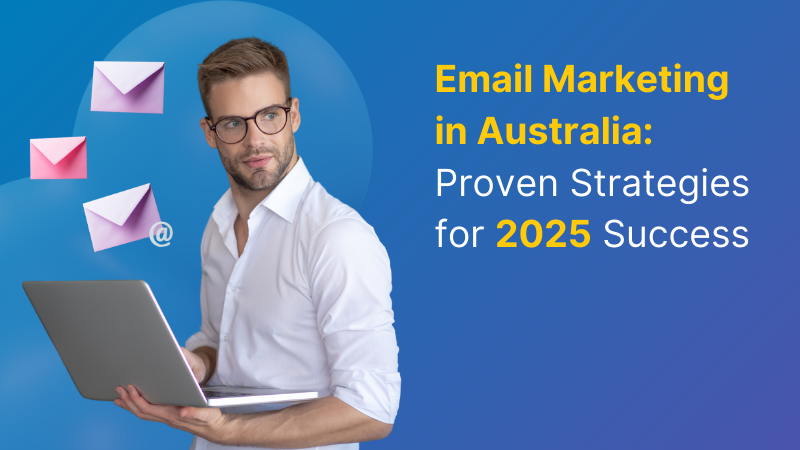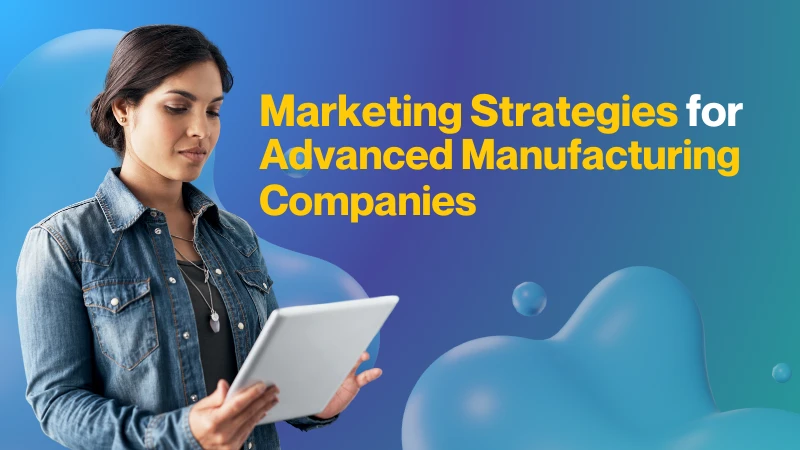Managed IT providers know that they need to reach out to both IT and non IT decision makers to gain new customers. That’s because IT purchases are increasingly being decided not only by multiple people, but also across multiple business functions.
These trends highlight the critical role that targeted, one-on-one outreach plays in selling MSP solutions, and cold calling remains one of the best tools for the job.
That’s why we recently released a downloadable eBook that contains sample call scripts for finding and qualifying potential MSP customers. Each script is tailored for a specific buyer persona and includes a few helpful notes and comments.
The resource is available for download here. The rest of this blog post provides added insights to help you fine-tune your cold call pitch.
Who Makes Managed IT Purchases?
IDC reports that non-IT line of business (LOB) buyers now account for around half of technology spending. These are purchases made without the involvement or knowledge of an organization’s IT department.
Even when IT does get involved, LOB managers still hold a huge sway in the tech purchase process. TechTarget estimates that nearly 30% of buying decisions made by an organization’s IT leadership depend on inputs from non-IT staff.
This makes it clear that selling MSP solutions now needs to move past solely targeting IT decision makers. This underscores a growing challenge for MSP vendors that rely on reaching buying consensus with multiple stakeholders to close deals.
Not only do LOB managers’ priorities and pain points differ from those of IT decision makers, but these two buying groups often disagree about key items on the IT buying checklist.
What’s also important is that these divergences have a huge impact on how MSP buyers start their purchase journey. This means that connecting and building relationships with stakeholders require messaging that takes these gaps into account, even in the initial stages of the buying process.
Targeted Cold Calls to Key MSP Buyer Personas
Targeted cold calls make up a vital layer of touch points for proactively reaching out and engaging potential MSP customers.
Cold calling works well for top-of-funnel outreach activities since it enables one-on-one conversations that prepare prospects for the next stages in the sales cycle.
For complex-sale products like managed IT solutions, cold calls help move contacts from initial awareness to active leads.
With the MSP prospect pool growing to include more and more non-IT decision makers, your cold call messaging strategy also needs to capture this new audience.
One way to refine your outreach message is to segment potential stakeholders based on buyer personas and then tweaking your cold call pitch accordingly.
In most technology purchases like managed IT solutions, key decision makers consist of four buyer personas (although the number can certainly increase, depending on the complexity of your sales cycle):
- End User: These are typically non-IT LOB managers of departments and business areas that stand to benefit the most from your offer.
- Influencer: These are mid- to senior-level decision makers that drive purchase decisions.
- Technical Buyer: These are IT-focused specialists that can block a purchase if it doesn’t meet their requirements.
- Economic Buyer: These decision makers oversee the budget and give the final go-ahead for a purchase.
End User
In MSP sales, the end user buyer persona consists of non-IT LOB decision makers that oversee specific functional business areas that directly benefit from your solution.
End users have the most to gain from your offer. That’s why they tend to be your biggest advocates in your target accounts. That is, if you can find a way to build a relationship with them early on in the sales process.
LOB decision makers care about business outcomes rather than product specifics. If a product solves a real problem, the results matter more to them than the underlying details.
According to professional services automation provider Promys, the decision-making process that LOB managers follow typically includes:
- Decide if there’s a specific problem
- Determine if the problem is worth devoting resources to
- Identify possible ways of solving the problem
- Pick out the “best” way
- Look up vendors that provide the “best” solution
- Choose the “best” vendor
Influencer
Even though buying decisions have now become more distributed, the process is still significantly driven by stakeholders that span different business areas and functions.
These decision makers have a huge influence on the buying process and help move the deal forward. That’s why they’re typically labeled as “influencers.” They commonly consist of mid- to senior-level managers that directly handle your target LOB prospects.
Influencers look for strategic impact of MSP solutions instead of operational or technical details. They’re more into seeing how your offer fits their big-picture goals of growth, profitability, competitiveness, industry trends, disruption, etc.
That’s why your cold call messaging strategy needs to achieve the below three key points. These ensure that your pitch will be able to capture influencers’ attention and obtain the response you want:
- What does your offer bring to the organization?
- How can you earn your prospects’ trust?
- What line of fresh thinking can you offer?
Technical Buyer
The rise of the LOB buyer hasn’t made the IT department irrelevant in MSP purchases. The risks and limitations associated with shadow IT (such as interoperability, security, resilience, etc.) still support the case for IT’s close involvement.
While technical buyers typically don’t have final authority over tech purchases, they do have the power to reject a potential managed IT proposal. The goal when reaching out to technical buyers is to make sure they don’t shake their head sideways at your offer.
When crafting a cold call pitch aimed at technical buyers, it’s important to keep the following points from Lean B2B in mind:
- They have in-depth and specialized expertise in your field.
- Their main concern is to verify whether your solution really does what you claim it does.
- They focus on the measurable and quantifiable items of your offer.
- They look for details on usage, testing, deployment, and maintenance.
Economic Buyer
The persona that has the final say in MSP purchases is the economic buyer. In fact, most marketing experts consider economic buyers as the “ultimate decision maker” because even if everyone else says yes, it’s the economic buyer’s approval that determines whether a purchase happens or not.
Economic buyers can be a single person or a committee that directly controls budget and spending. The larger the deal size, the more senior the economic buyers will be involved. Smaller purchases commonly require only the approval of managers lower in the org chart, while deals with six-figure price tags can involve a board- or C-level evaluation committee.
The key to winning economic buyers over is to deeply understand the things that tend to make them say yes:
- Finding the best-fit managed IT vendor for their organization
- Ensuring long-term stability of both the MSP provider and the working partnership
- Knowing the vendor’s approach to risk mitigation
- Verifying different proof points about a vendor’s ability to deliver
- Being able to objectively weigh costs against benefits
Conclusion:
Now more than ever, cold calls help MSP vendors reach and connect with the different decision makers involved in the purchase process. But this requires refining your MSP pitch to make it more relevant to what each decision maker actually cares about.
To see how to put this strategy into action, check out our latest collection of cold calling scripts for various MSP buyer personas.













